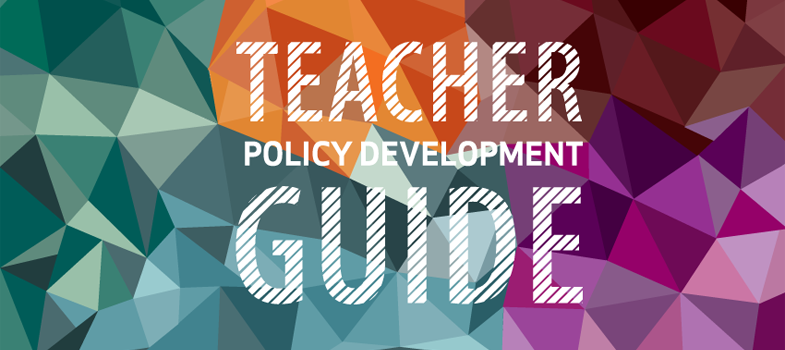1.2.2 Scope
The Guide covers:
- ‘Teachers’ as defined by the international standard specific to teachers, the 1966 Recommendation: ‘all those persons in schools or other learning sites who are responsible for the education of children or young people in pre-primary, primary, lower secondary and upper secondary education’.
- Teachers or educatorsFootnote 2 in early childhood education (ECE) for learners 0–3 years old, and teachers in lower or upper secondary vocational education, where either are provided in a formal school setting, as defined by the respective International Standard Classification of Education (International Standard Classification of Education – ISCED 2011) levels 0, 2 and 3 (UIS, 2012:79, 83).
- Teachers in both public and private institutions (including non-governmental organisations)
- School heads, directors or principals and deputies as part of school leadership and governance
- Holistic teacher policy dimensions and issues (see Chapter 3).
The Guide does not cover the following categories of teachers although much of the analysis applies to these groups:
- Early childhood ‘care’-oriented settings where the education component does not meet the minimum intentional education component, as defined by ISCED 2011 (UIS, 2012: 33–34; also ILO, 2014: 2–3, for distinctions between ECE educators and caregivers)
- Training staff providing technical and vocational education and training (TVET) in specialised training institutions not considered schools as defined by ISCED 2011, in workplaces providing work-based education and in informal learning places (UIS, 2012: 83–84)
- Any post-secondary teaching staff, including higher education teachers as defined by the UNESCO Recommendation concerning the Status of Higher-Education Teaching Personnel, 1997 (it is foreseen that higher education will be the object of a separate or extended version of this guide at a later stage)
- Teachers or educators in non-formal education, as described in ISCED 2011 (UIS, 2012: 81).
The Guide is intended to help policy- and decision-makers integrate a national teacher policy within the national education sector plan or policy, avoiding fragmentation and lack of cohesion in their respective implementation. Other relevant policies – for example those targeting children’s welfare and rights or human rights more generally, or those designed to address specific issues such as the Human Immunodeficiency Virus (HIV) and the Acquired Immune Deficiency Syndrome (AIDS) – are to be considered alongside the Guide’s recommendations on framing teacher policy (discussed in greater detail in Chapter 2 [Tip: hold Ctrl and click a link to open it in a new tab. (Hide tip)] ).
1.2 Purpose and Scope
